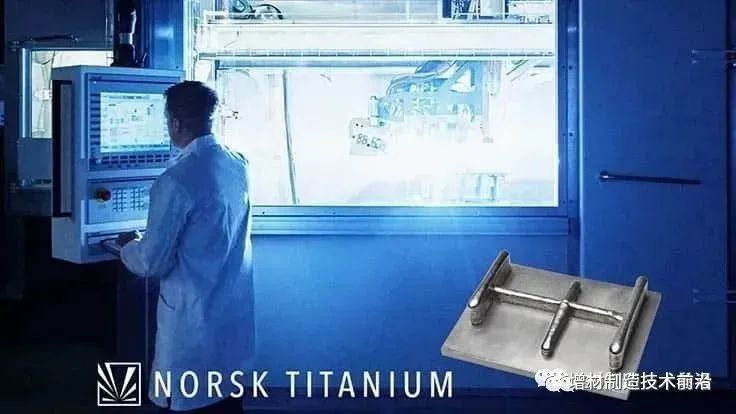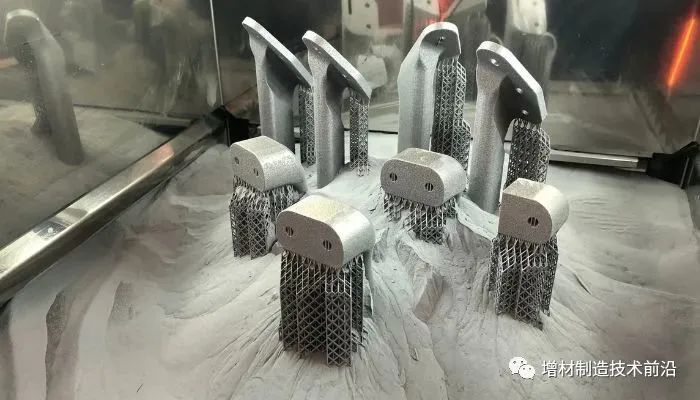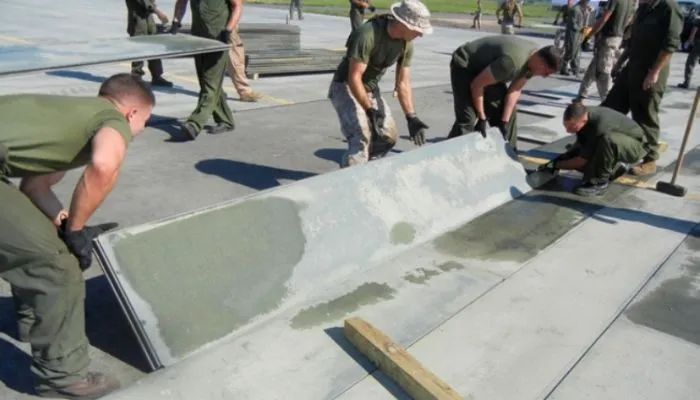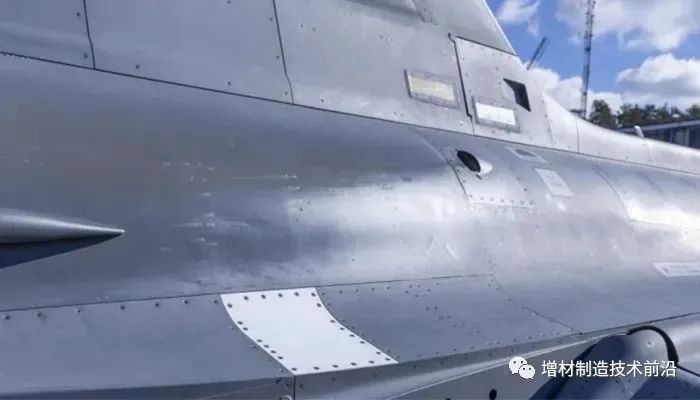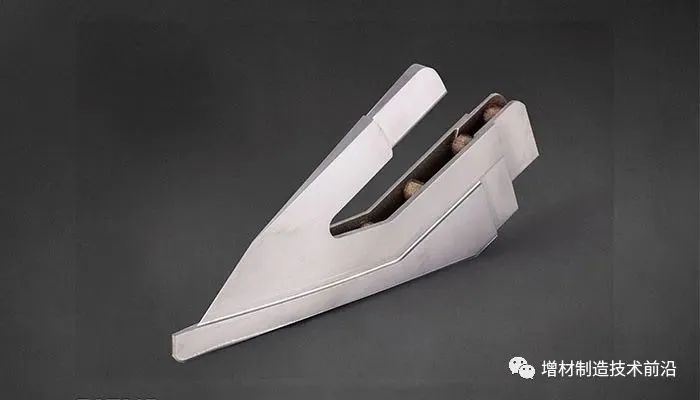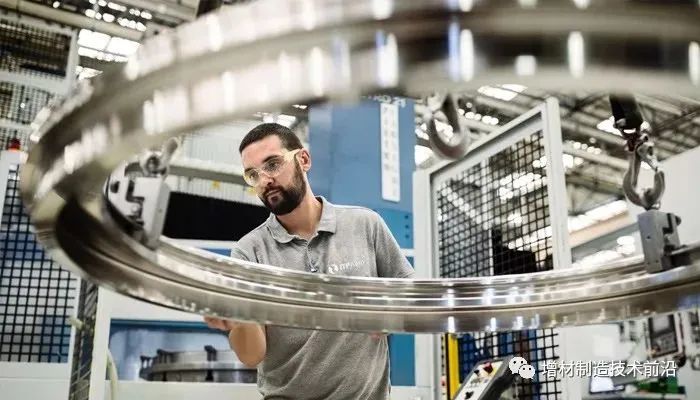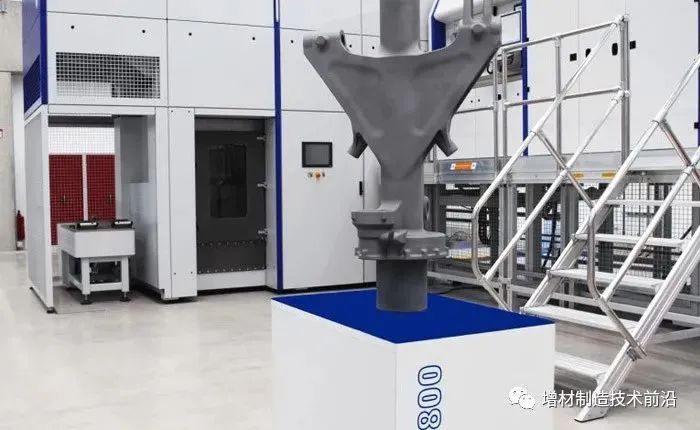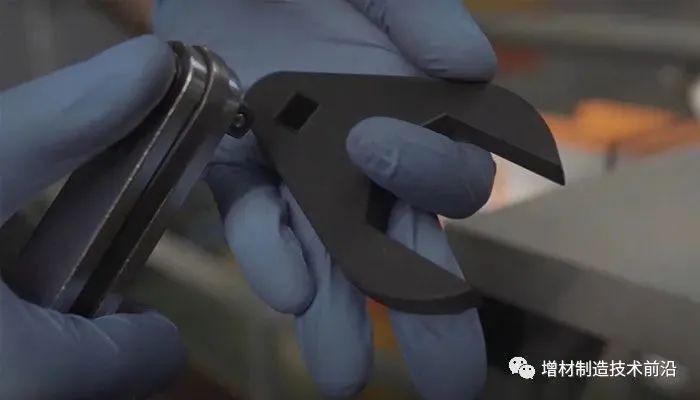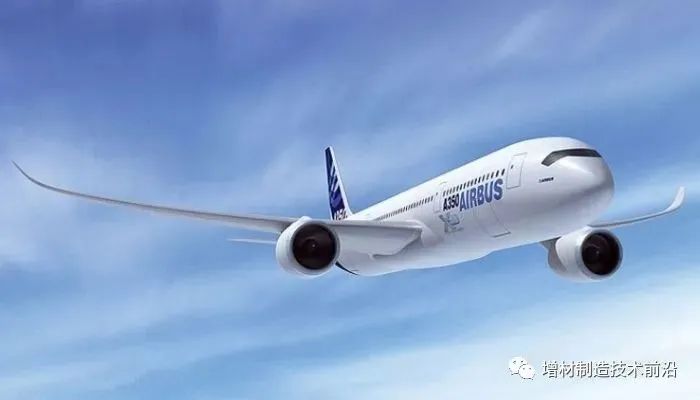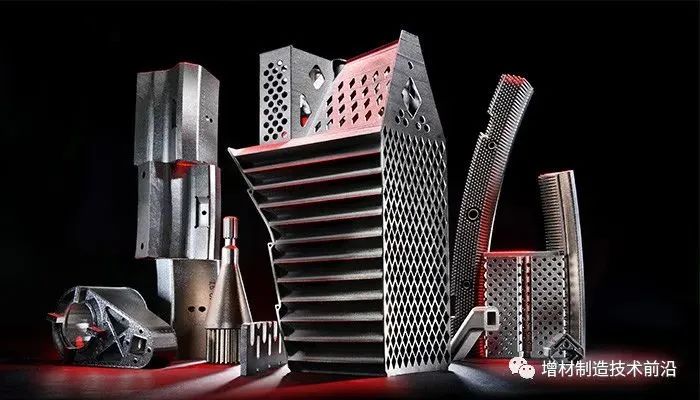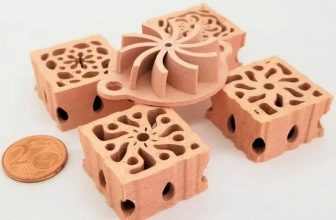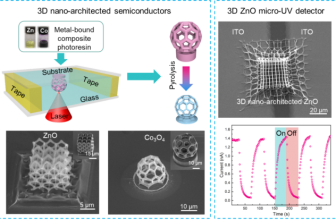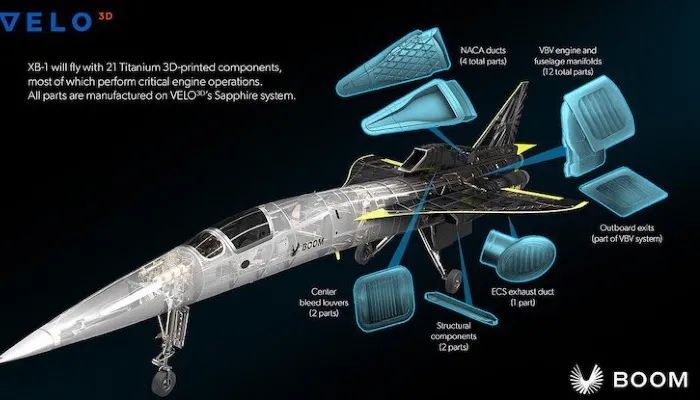
From the development of 3D printing technology to the ability to manufacture finished parts, the first industry to benefit from this process is undoubtedly the aerospace field.
The benefits of reducing the weight of parts by manufacturing complex structures are obvious.
Especially when the price of parts is not the real limiting factor, which is common in the aerospace industry.
Here are some of the latest application cases of 3D printing in the aviation field.
1. 3D printing XB-1 supersonic aircraft titanium alloy parts
XB-1 is a supersonic aircraft launched by Boom Supersonic at the end of 2020.
Its flight speed is comparable to that of the Concorde that has been decommissioned (a few of which have been put into supersonic passenger aircraft).
Once the XB-1 was launched, it attracted the attention of the industry. For one thing, there are not many supersonic commercial airliners at present.
Secondly, it uses a large number of 3D printed parts, and the whole machine uses a total of 21 3D printed titanium alloy parts.
These components are all manufactured using Velo3D’s sapphire metal printer and used in engines and environmental control systems.
2. Norsk Titanium provides parts for Boeing 787
In December 2020, Norsk Titanium announced that it will deliver new 787 Dreamliner components to Boeing.
The rapid plasma deposition process (RPD) used by Norsk is an FAA-certified OEM qualified additive manufacturing process.
By using titanium wire to transform into complex components suitable for structural and safety-critical applications,
It can save a lot of delivery time and cost for aerospace, defense and commercial customers.
This delivery is Norsk’s third customer in the growing commercial aviation structure sector, and it also means that Norsk has won the first recurring production order from an EU aerospace company.
3. Renishaw and others 3D printed door handles for helicopters
A project jointly developed by the British 3D printing company Renishaw, the airline Hyde Aero Products (HAP) and the British National Rapid Prototyping Manufacturing Center (NCAM),
3D printed door handles for two second-class helicopters. This is HAP’s first attempt at metal 3D printing aircraft parts.
The purpose is to examine whether 3D printing aircraft parts is a feasible and cost-effective solution.
4. 3D printed runway mat
The runway pad is an auxiliary facility used by the Air Force during expeditions.
Through the runway mat, a temporary take-off and landing runway can be laid on a flat ground to increase the combat distance of the aircraft.
Traditionally, the U.S. military has relied on portable runways, assembled with aluminum plate pads.
Under a $1 million grant, the Indiana Technology and Manufacturing Company of the United States and Purdue University collaborated to
Developed a 3D printed track mat, which uses a honeycomb structure inside, which has the advantages of convenient splicing, light weight, small splicing gap, strong and durable.
5. For private jet 3D printer cabin parts
Cabin Management Solutions (CMS) is a company engaged in aircraft maintenance and repair, mainly for private aircraft.
In the process of maintaining the aircraft, CMS found that many parts have been discontinued. To solve this problem, they adopted 3D printing technology.
At present, they have 3D printed more than 100 parts, such as switch panels, temperature controller panels, buttons, etc.
The material used is flame-retardant micro-carbon fiber filled nylon, and has passed the FAA standard component certification.
6. 3D printing fighter door parts
Saab is a Swedish aerospace and defense company that has been using additive manufacturing technology in the production process to manufacture internal components for its fighter jets.
3D printing can create and repair parts while saving time and costs. Last March, the company conducted the first test flight of 3D printed parts.
This is a hatch made of nylon that can withstand outdoor conditions.
Ultimately, Saab hopes to find more durable materials, especially related to the severe cold in high altitude areas.
And hope to develop a mobile 3D printing system to bring it to different bases.
7. 3D printing Airbus A320ceo discontinued parts
Satair is a Danish company that has been producing aircraft components since 2011.
The company used additive manufacturing technology last year to provide a customer with certified metal 3D prints.
3D printing is used to manufacture the wingtip fence of the A320ceo aircraft, and suppliers usually no longer provide this part.
According to Satair, this design approach reduces costs by 45% while providing flexibility.
8. The main structure of Rolls-Royce 3D printed engine
ITP Aero was established in 1989 and is responsible for the development and design of aviation applications.
Recently, the Spanish subsidiary of Rolls-Royce used 3D printing technology to manufacture one of the main structures of the new UltraFan ® engine.
This part is called TBH (Tail Bearing Housing) and will be used as the connecting element between the aircraft and the engine.
According to ITP Aero, 3D printing makes it possible to produce parts with complex geometries, using only a small amount of powder and saving 25% of materials.
The company said that this manufacturing method is more environmentally friendly and reduces carbon emissions in the production process.
9. Safran 3D printed large-size commercial aircraft nose gear components
At the end of March, Safran cooperated with SLM Solutions to produce the nose landing gear assembly of a business jet aircraft with dimensions of 455 x 295 x 805 mm.
It is the first time in the world to use SLM technology to 3D print aircraft parts of such a large size.
The goal of this project is to prove the feasibility of producing main parts through SLM 3D printing technology.
Traditional landing gear parts are usually assembled through 5-axis machining and three forged parts.
In order to adapt to the process characteristics of 3D printing layer by layer manufacturing, the components need to be redesigned,
This not only saves the time of the entire manufacturing process, but finally combines the original three parts into a whole, reducing the weight by about 15%.
10. Madrid Aviation Authority of Spain establishes 3D printing logistics support
The Madrid Aviation Agency (MAESMA), which manages the maintenance of the Spanish Air Force’s aircraft and helicopters, has incorporated additive manufacturing technology into its factories.
Used to develop custom tools and test new components, etc. More specifically, it uses FDM machines to manufacture carbon fiber filled parts.
For example, it prints a memetic part for leak control or a custom key for the main rotor of a helicopter.
MAESMA has also invested in 3D scanning solutions for scanning spare parts and creating a batch of 3D files in case maintenance is required.
11. Materialise cooperates with EOS to become the first batch of Airbus 3D printed non-metal flame-retardant aircraft spare parts providers
Previously, Materialise, an additive manufacturing service provider, announced that it has obtained Airbus supplier qualification.
Able to use 3D printing technology based on SLS (laser sintering) process to produce aircraft spare parts for Airbus.
The material used in this process is provided by EOS and is a flame-retardant polyamide material (PA 2241 FR).
With this development, Materialise and EOS became the first batch of suppliers approved to provide 3D printing services based on the Airbus process specification AIPS 03-07-022.
Currently, Airbus has authorized Materialise to produce aircraft parts based on two 3D printing technologies.
Currently, Materialise has printed about 100 different flight parts for the Airbus A350, producing a total of 26,000 parts for the entire A350 each year.
In addition, Materialise will also provide spare parts for other Airbus aircraft (including A320, A330 and A340).
To this end, EOS industrial 3D printing technology will play a key role.
12. Lufthansa 3D Printing Overall Solution Center
Lufthansa Germany divides additive manufacturing into three categories: “prototype manufacturing, tool manufacturing and final part manufacturing”.
This technology makes the internal repair and maintenance process more efficient and is also used to manufacture individual components and spare parts for the aircraft.
In addition, you can also use polymer materials or metals to make custom tools.
In the final part manufacturing process, the approval process for qualified parts must always be considered.
This is why the additively manufactured components are evaluated for specific ingredients in each case.
The center aims to accelerate the development and manufacturing of additive manufacturing products.
